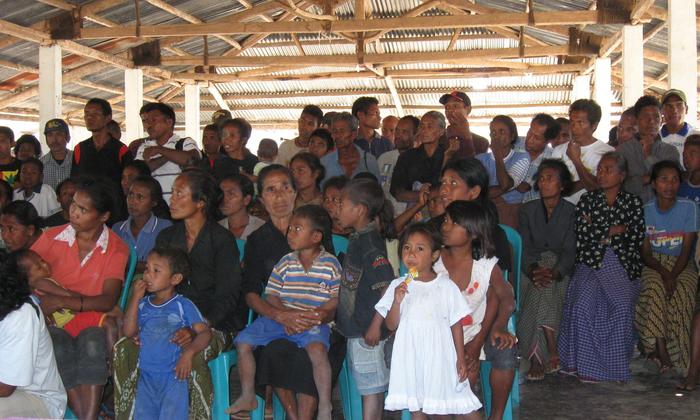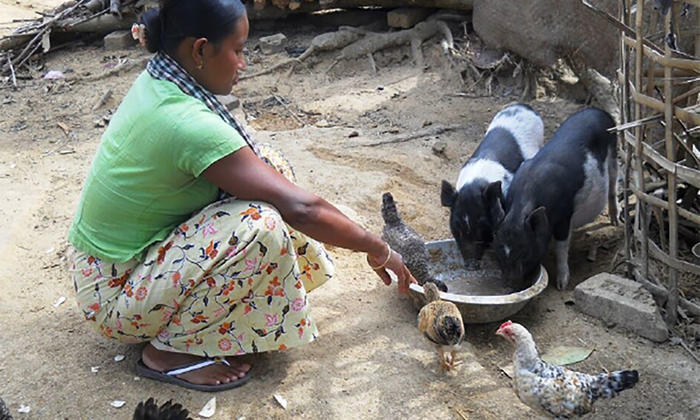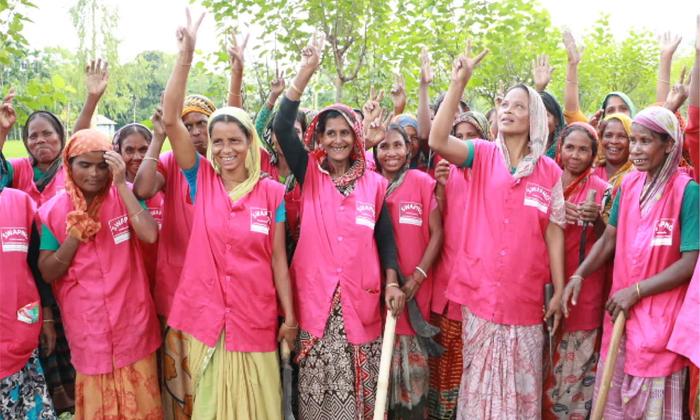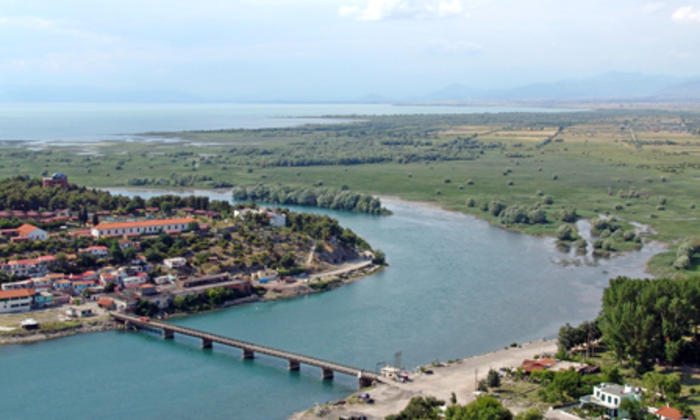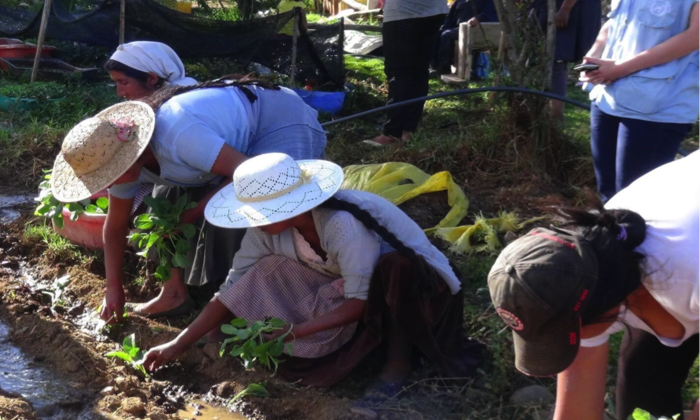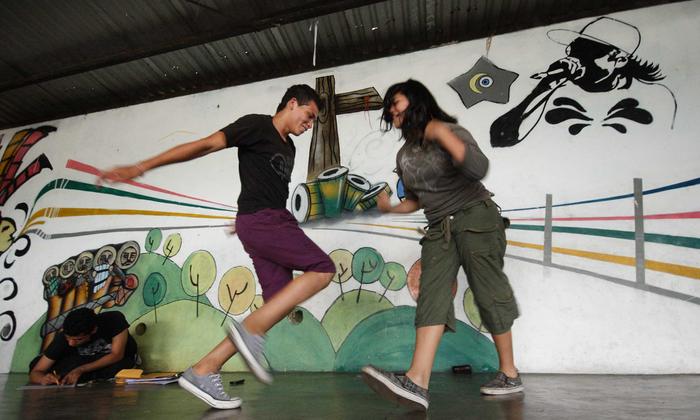Factors that affect family farming in Paraguay include high costs of agricultural land, a highly informal market and weak application of institutional land policies
Case study
Paraguay: Joint Programme on Paraguay Protects, Promotes and Facilitates Effective Implementation of the Right to Food Security and Nutrition
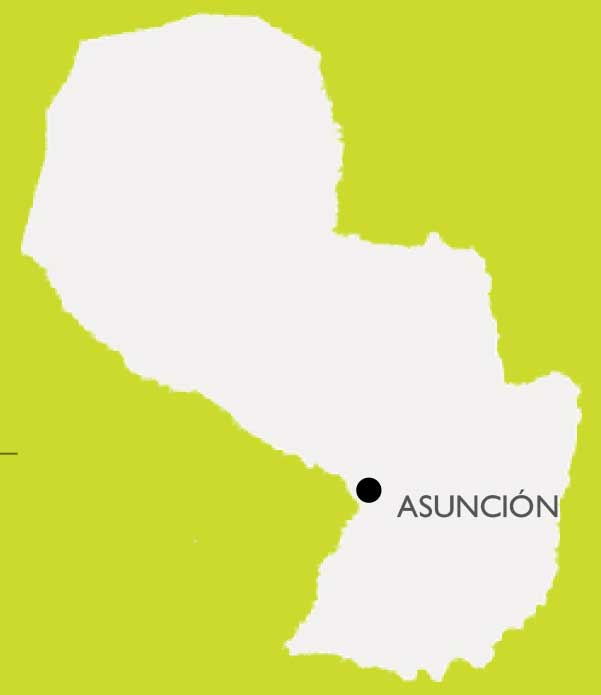
SDGs ADDRESSED
This case study is based on lessons from the joint programme, Paraguay protects, promotes and facilitates effective implementation of the right to food security and nutrition
Read more
Chapters
Project Partners
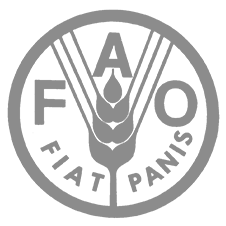
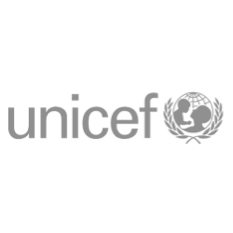
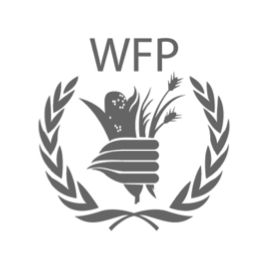
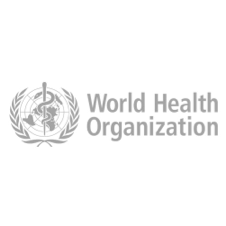
1. SUMMARY
The joint programme implemented in Paraguay aimed to improve the lives of indigenous and rural communities by reducing extreme poverty and child malnutrition. It supported the Government of Paraguay’s efforts to find integrated solutions to food security at the national level through a cross-sector approach that worked with indigenous and vulnerable rural households to produce nutritious and diversified food.
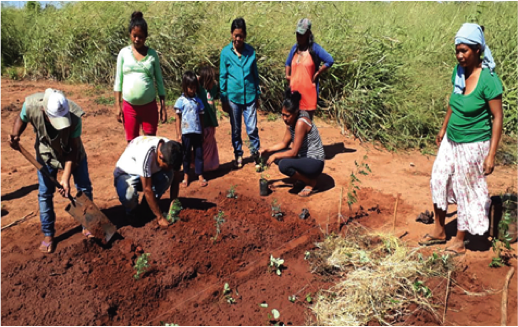
The joint programme supported establishment of school garden in Caaguazú department to provide vegetables for students and their families
2. THE SITUATION
Paraguay is a landlocked country located in the center of South America. Its population is 6.8 million, and the indigenous population accounts for 1.74% of the total. Although Paraguay’s poverty rate has decreased from 58% in 2002 to 26% in 2017 and has been accompanied by economic growth, there are still significant levels of inequality in rural areas. With 39% of the population living in rural areas, the inequality between rural and urban areas affects Paraguay’s population, especially its indigenous residents. Rural population faces social challenges related to food and nutrition security, extreme poverty and child malnutrition.
Historically, the Paraguayan economy was based on agricultural production because the country had important natural resources for agricultural development. However, most people in rural areas still rely on family agriculture, which raises their risk of poverty. Factors that affect family farming include high costs of agricultural land, a highly informal market, and weak application of institutional land policies. In addition to high poverty rates and scarce access to land, the rural population has limited access to drinking water, public sanitation, decent housing and electric power leading to social inequality and malnutrition. The prevalence of chronic malnutrition among all children under 5 years is 17%, while the prevalence among indigenous children is 43% (National Institute for Food and Nutrition, 2010). On the other hand, malnutrition in Paraguay coexists with obesity (58% of adults are overweight), which leads to chronic non-communicable diseases.
The Government of Paraguay has worked to reduce extreme poverty and child malnutrition with an emphasis on programs of conditional deliveries. However, these strategies have not achieved results across all groups to reduce the vulnerability of low-income populations in rural areas.
3. STRATEGY
The joint programme’s strategy promoted a multisectoral approach to food and nutrition security of indigenous population and rural communities in three departments (Presidente Hayes, Caaguazú and Caazapá), which are highly vulnerable in economic, social and environmental terms. The programme was implemented by four UN agencies (FAO, Unicef, WFP and WHO) in close collaboration with national partners. Each UN agency brought its comparative advantages and experience with a specific focus on food and nutrition security, allowing for better results.
The joint programme also supported the Government of Paraguay to find integrated solutions to food security at the national level through a cross-sector approach by working with indigenous and vulnerable rural households with children under 5 years. The programme included an integrated model to decrease malnutrition (risk of malnutrition and overweight) with a focus on rights, gender and respect for different cultures in the selected districts.
This approach was supported by national and sub-national strategies on the use of technology for food production and risk management to reduce vulnerability and improve adaptation to climate change. Strengthening of institutional capacities was an important component of this joint programme as it helped generate and analyze information related to food security and nutrition.
4. RESULTS AND IMPACT
The joint programme supported indigenous and rural communities in three departments. The programme’s direct beneficiaries included 9,300 farmers and their families, including 1,963 children, of whom 936 were girls. Main results include empowerment of vulnerable population to improve their food and nutrition security and support livelihoods of female-headed families to produce nutritious and diversified food. Equipment and different seed varieties were purchased and delivered to 902 indigenous families and 147 rural families, in line with production plans formed with the communities. 82% of targeted families participated in training on early agricultural warning systems to improve food production.
To reduce malnutrition among children, technical support was provided to establish school gardens, which provided vegetables for students and their families. Vegetable gardens were also established at the household level to help improve families’ nutrition and eating habits. Children also benefited from participatory approaches to learning about ecological agricultural practices in a formal school
environment. In addition, children under 5 years suffering from malnutrition received milk with support from the government’s Comprehensive Nutritional Food Program.
To reduce malnutrition among children, technical support was provided to establish school gardens, which provided vegetables for students and their families
To promote gender equality, 48 savings groups were formed by women, the majority of whom were heads of households. Training and support promoted financial literacy. Female heads of households and young women learned about the importance of mutual support, shared responsibility and collective financial discipline. To strengthen local capacity, 41 facilitators were hired from participating communities.
They received interactive training on cultural diversity, with a focus on indigenous culture. The facilitators, which included 13 indigenous women and 4 rural women, trained 2,984 families in indigenous communities and 596 families in rural communities on issues related to food and nutrition security (breastfeeding, complementary feeding for children, family health, healthy eating, safe water handling and sanitation, etc.). In order to strengthen institutional capacity, the joint programme promoted policy coordination through various roundtables, including on technical management and inter-cultural, multi-ethnic and indigenous affairs. These activities aimed to protect the rights of indigenous people and their cultural heritage.

5. CHALLENGES
The biggest challenge of this programme was related to its reduced implementation period (only 8 months), due to the Government of Paraguay’s request to change the work strategy and the time spent to fulfill this request. The Government asked to change the strategy of program implementation focusing at household level through the work of local promoters who facilitated the work in the field. This was not foreseen during preparation of the programme proposal and the development of the work methodology. To overcome this difficulty and help facilitate work, a local NGO provided coordination support.
The delivery of milk for children under 5 years who suffered from malnutrition experienced some problems in distant communities. In order to overcome this challenge and ensure consistent milk supplies, activities were coordinated on national and local levels in all districts.
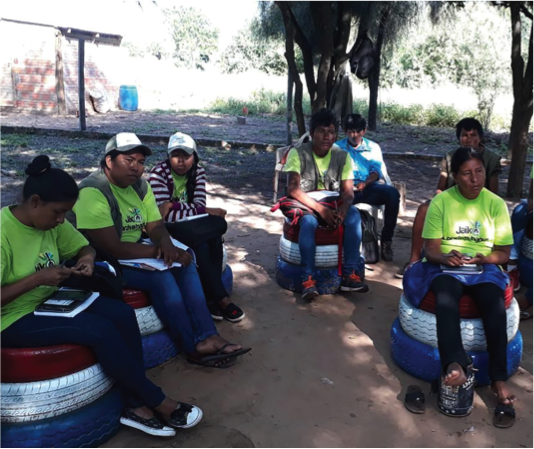
Training in indigenous community on issues related to food and nutrition security in Guarani language
6. LESSONS LEARNED
- Forming savings groups for women proved to be successful for gender equality and empowerment of rural and indigenous women. This can be replicated in other communities. The approach allowed women not only to generate resources for their families but also to learn about financial savings. It also fostered relationships between them, generating a strong sense of community. By providing women with more financial stability and independence, the programme challenged deep-rooted gender norms and promoted women’s rights. When women have an income and savings, substantial evidence indicates that this affects their families’ food security and nutrition because women spend more on food and children’s needs.
- The programme provided an innovative approach by developing modules with respect to cultural diversity, especially on indigenous culture and indigenous people’s rights. A total of 2,984 families in indigenous communities received the training. These education modules were developed in Spanish and Guarani languages and they were adapted to a tablet application called "Mainumby". The use of new technology and tablets promoted capacity building in selected communities.
- The final evaluation acknowledged the key role of local facilitators in programme implementation and follow-up. Hiring facilitators who lived in the same communities strengthened citizens’ awareness on important food and nutrition issues. Hiring indigenous and rural women as facilitators further strengthened the impact of community and household trainings.
- The joint programme should be built on a participatory approach, involving national and local governments and representatives of civil society to increase national ownership and sustainability of results. The programme benefited from the full support of the Technical Secretariat for Planning of Social and Economic Development.
7. SUSTAINABILITY AND POTENTIAL FOR REPLICATION
Key factors to reduce economic, social and environmental vulnerability of rural communities include capacity development to decrease malnutrition, increased adaptation to climate change and provision of public services for social protection and community involvement. In addition, work must be coordinated between national and local authorities, civil societies, international organizations, and the private sector. Positive results clearly indicate that a multisectoral approach to food and nutrition can be replicated in other regions to support rural and indigenous
communities. Sustainability of achieved results is ensured by local ownership and strengthened ability of the government to generate and analyze information related to food security and nutrition.
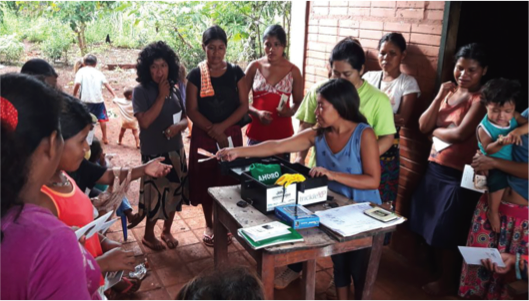
Savings Groups in rural community Tavaí – Caazapá, where women support each other to promote food security and nutrition and more financial stability and independence

